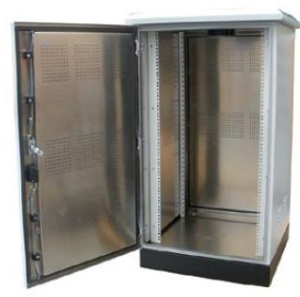Rural Broadband in the UK
In the UK approx. 98% of the population have medium to full coverage of internet, but there are still places which does not have good coverage. These spots are places outside cities and towns, such as farms, villages and other isolated houses. Currently those who live in rural areas have much slower internet connection than those living in cities for different reasons. Usually this is because of lack of infrastructure and the distance from the nearest street cabinets in rural area.
In densely populated areas it is much easier to set up for a good coverage, both economically and practically.
To counteract the lack of coverage the government planned a rollout of rural broadband in the UK, starting January 2020, promising the country better connectivity in rural and remote areas. The ultimate goal is to get the most rural areas a speedier connectivity by 2025.
How does rural broadband work?
Mobile broadband and satellite broadband are often the only option that’s available in remote areas. However, both have some drawback compared to fibre or cable. If you rely on a stable and strong internet these options are not ideal since they tend to be slower or expensive to set up and run.
Companies such as Airband and BT are looking to help change this and extend on the coverage. Fibre to the premises and fixed wireless broadband are great alternatives to what is currently available.
To connect these areas up with a fast and stable connection fibre is through one of two ways – FTTP (fibre to the premises) and Fixed Wireless Access (FWA). FTTP is common if the area is semi-rural such as houses on the outskirts of rural villages. Fixed wireless is preferred if the property is further away, such as farms and houses far away from others.
How FTTP work:
- The cables from the houses are connected to existing telephone poles.
- The telephone poles are connected with fibre to a local access point.
- The local access point are again connected to the data centre.
How FWA work:
- The signal is received through a dish or small equipment installed on the property.
- The signal is then sent from a Wi-Fi hotspot.
- From the Wi-Fi hotspot the signal goes from a DCSI wireless tower.
Fibre cables are meant to be used to replace the copper broadband lines currently being used and run from the local exchange directly to the premises. With 5G on the rise FWA will be more widely accessible for the ‘non-spots’ in the country, making (hopefully) good on the government promise for better coverage.
What we can do to help:
Mainframe Communications have worked closely with rural broadband providers over the years, and have over 30 years of experience with telecommunication projects. We have worked with large and small providers across the country and have a dedicated and experienced team on hand. You can read about our services here, or contact us on 01702 443800 for more information.




